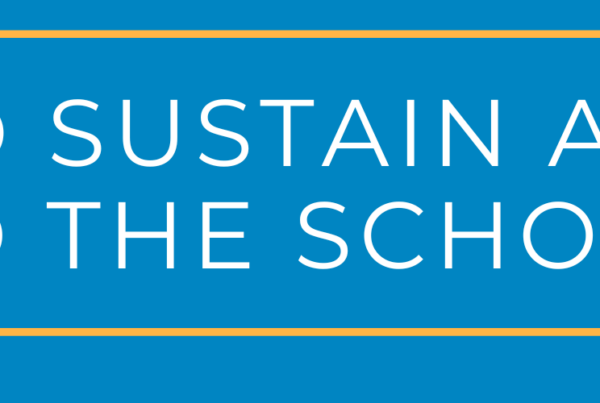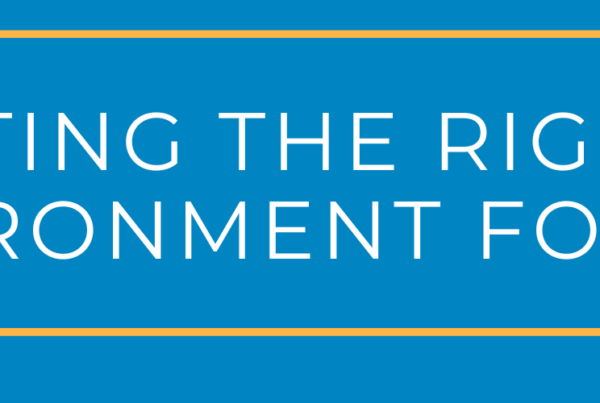 by Scott Lutostanski – Director of Academic Consulting
by Scott Lutostanski – Director of Academic Consulting
One of the most common gripes that I hear from parents and students is that bigger projects cause massive problems. What are these problems you ask? First, many students don’t fully read the prompt or instructions and don’t realize until closer to the due date that they have a lot more work than expected on their hands. Another is when the student knows the work that must be completed, but he or she falls into a cycle of procrastination and is incapable of getting started. A third possibility is being unable to appropriately plan the project over a longer time period and by the time that last weekend before the due date rolls around, the student is left with a mountain of work and too little time to complete it.
All three of these scenarios lead down one road: stress. Our prefrontal cortex, located in the frontal lobes of our brains, is responsible for the executive functions, such as goal-directed behavior, problem solving, reasoning, initiation, planning, time management, and initiation. It is also responsible for our emotional regulation, which is largely correlated to the functional, working capability of the entire prefrontal cortex and these functions. In short, the more our emotions fluctuate (in this instance stress and anxiety over lack of work completion), the more difficult it becomes to execute the functions necessary to complete the long-term assignment (initiation, planning, time management, etc.).
The ability to emotionally regulate can almost be viewed as a light dimmer for the entire prefrontal cortex. We need to work with the light on to be more productive. As emotions rise past a manageable range, the light to the executive functions begins to shut off, giving us less and less access to our frontal lobe. This is even more extreme for students with ADHD, where the analogy can be more closely compared to a light switch: the executive functions are either or on or off.
In order to improve executive functions, a student must work to harness their own emotional regulation and find ways to reactivate or reboot the executive functions so that they are able to operate academically and socially in their daily interactions.
In our original example, a student can create better awareness around their stress and executive function skills in order to be able to independently create the steps and strategies necessary to efficiently complete a long-term project. Emotional and executive function challenges exist everywhere in students’ lives. However, these skills are often overlooked at school and not taught on the individual level that students need in order to be productive, effective, and successful.





